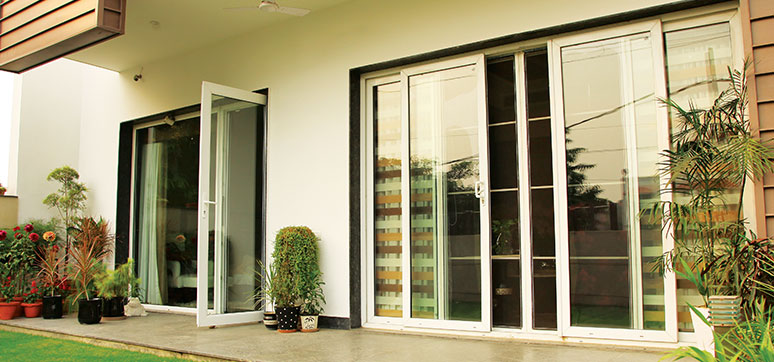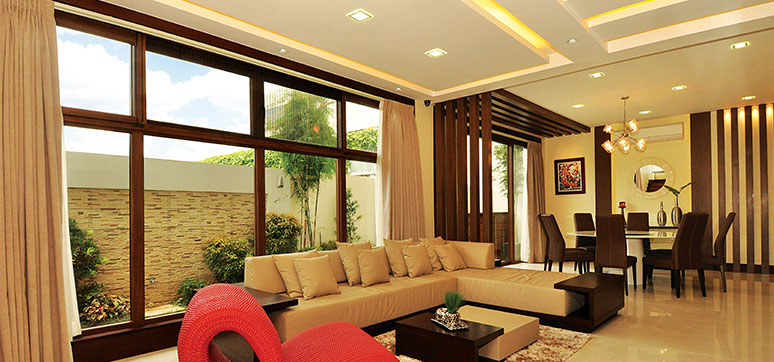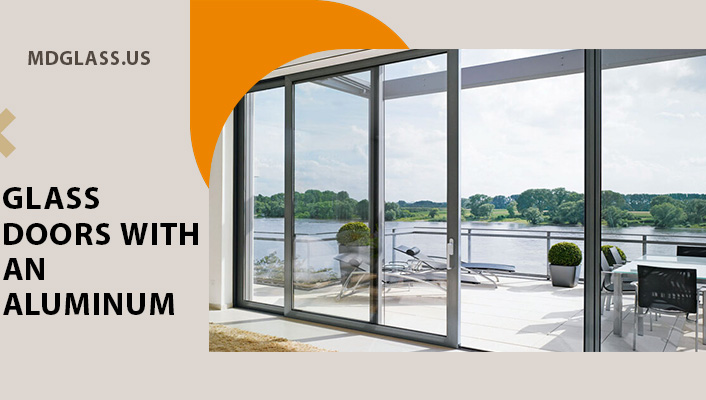One of the main tasks of windows is to let the sun’s rays and thus light and warmth into the apartment. In midsummer or with wide window fronts, for example, it can quickly become uncomfortably warm. This can be remedied by thermal insulation windows and other aids such as blinds to save energy.

Conversely, it is often desired that the heat that is in the building should also be retained there as far as possible. This is where thermal insulation windows come into play: They evolved from insulating glass, but are now well-ahead of them in terms of heat retention. Some models insulate almost twice as well as double-insulated window panes.
Thermal insulation windows: g-value and u-value

While older windows are primarily concerned with preventing the loss of energy, for example through leaks, from becoming too great, thermal insulation windows can even help to save energy.
As with sun protection windows, it is important for thermal protection, the energy transmittance (g-value). In conjunction with the insulation, it is decisive for the possible heat recovery from solar radiation. A g-value of 1 would transfer 100 percent of the heat into the building. It is practically inaccessible – unless you do without the glazing. Simple panes of glass have an advantage in terms of their g-value, they achieve g-values of up to 0.9, i.e. 90 percent of the solar radiation can pass on into the apartment. However, they are no longer up-to-date with regard to their insulation. Rather, it is a matter of achieving a good compromise between the best possible insulation while allowing heat to pass through.




